Encountering the 'mscoree.dll not found' error on your Windows 11 computer can be frustrating, as it prevents programs from running properly. This issue usually arises due to problems with the Microsoft .NET Framework, which is essential for running many applications on Windows. Thankfully, there are several methods to resolve this error and get your system back on track.
Method 1: Re-enable the .NET Framework
The 'mscoree.dll' file is part of the .NET Framework, and re-enabling the framework can often fix the issue. This process involves turning the .NET Framework features off and then back on again to repair any corrupted files.
Step 1: Open the Start Menu and type Windows Features in the search bar. From the search results, click on 'Turn Windows features on or off' to open the Windows Features dialog box.

Step 2: In the Windows Features window, locate '.NET Framework 3.5 (includes .NET 2.0 and 3.0)' and click the '+' icon to expand it.

Step 3: Check the boxes next to both options under .NET Framework 3.5. Then, find '.NET Framework 4.8 Advanced Services' and expand it by clicking the '+' icon.

Step 4: Check all the boxes under .NET Framework 4.8 Advanced Services. Once you have selected all the options, click 'OK' to apply the changes.

Step 5: Windows will install the necessary files. After the installation is complete, you may be prompted to restart your computer. Click 'Restart Now' to reboot your system.
After restarting, try running the program that was showing the error to see if the issue has been resolved.
If you are unable to enable the .NET Framework through the graphical interface, you can use the Command Prompt to accomplish the same task.
Enable .NET Framework Using Command Prompt
Step 1: Open the Start Menu and type Terminal in the search bar. Right-click on the 'Terminal' app and select 'Run as administrator'.

Step 2: If prompted by User Account Control, click 'Yes' to grant administrative privileges.

Step 3: In the Terminal window, click the down arrow icon at the top and select 'Command Prompt' to open it in a new tab.

Step 4: In the Command Prompt, type the following command and press Enter:
DISM /Online /Enable-Feature /FeatureName:NetFx3 /All
Step 5: To enable Windows Communication Foundation (WCF) components, run the following commands one after another, pressing Enter after each:
DISM /Online /Enable-Feature /FeatureName:WCF-HTTP-ActivationDISM /Online /Enable-Feature /FeatureName:WCF-NonHTTP-Activation
Step 6: Once the commands have been executed successfully, restart your computer. After the reboot, check if the 'mscoree.dll not found' error persists.
Method 2: Reinstall the Affected Program
If the error occurs with a specific application, reinstalling it can often resolve the problem. This process involves uninstalling the program completely and then installing it again to ensure all necessary files are properly configured.
Step 1: Open the Start Menu and click on the 'Settings' icon, or press Windows+I on your keyboard to open the Settings app.

Step 2: In the Settings window, select the 'Apps' tab from the left sidebar.

Step 3: Click on 'Installed apps' on the right to view a list of all installed programs.
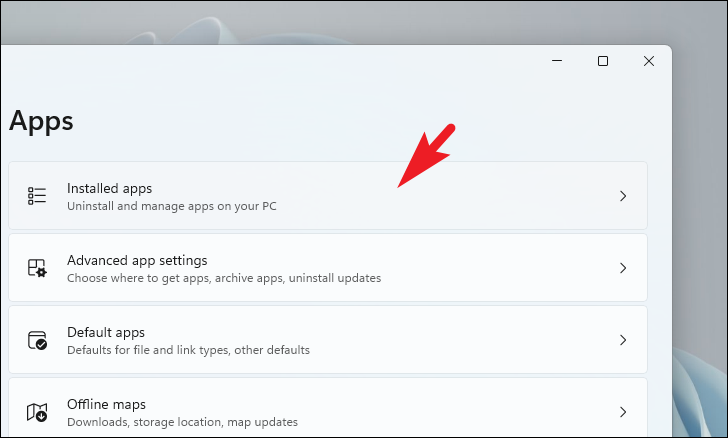
Step 4: Locate the program causing the error. You can use the search bar to find it quickly. Click on the three vertical dots next to the program and select 'Uninstall'. Confirm the action if prompted.
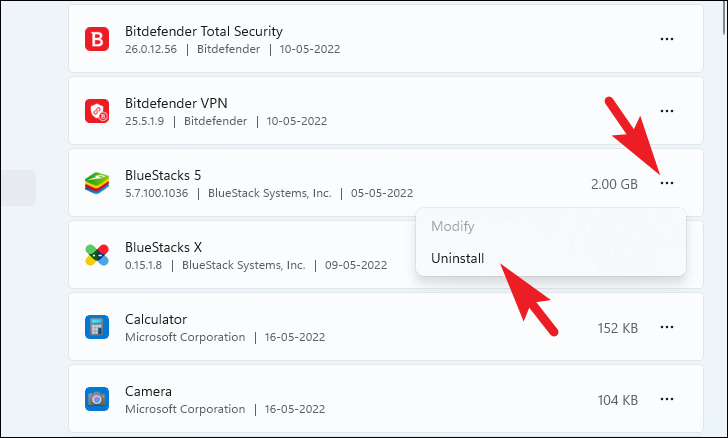
Step 5: After uninstalling, reinstall the program using the original installation package. Double-click the installer file to begin the installation process.
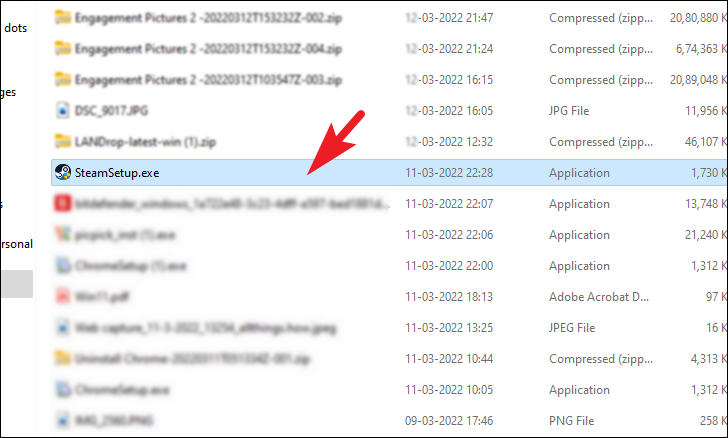
Step 6: Follow the on-screen instructions to complete the installation, selecting your preferred settings as needed.

Once the program is reinstalled, launch it to check if the error has been resolved.
Method 3: Run a Malware Scan
Malware or viruses can corrupt essential system files like 'mscoree.dll'. Running a comprehensive malware scan can detect and remove any malicious software causing the issue.
Step 1: Open the Start Menu and type Security in the search bar. Click on 'Windows Security' from the search results.

Step 2: In the Windows Security window, select 'Virus & threat protection' from the sidebar.

Step 3: Click on 'Scan options' under the 'Current threats' section.

Step 4: Select 'Microsoft Defender Offline scan' and click 'Scan now'. Your computer will restart and perform a deep scan to detect and remove any malware.

After the scan is complete and any threats are removed, check if the 'mscoree.dll not found' error still occurs.
Method 4: Install or Update Missing Drivers
Outdated or missing drivers can cause various system errors, including issues with DLL files. Updating your drivers ensures that all hardware components interact correctly with your system.
Step 1: Open the Settings app by clicking on the 'Settings' icon in the Start Menu or pressing Windows+I on your keyboard.

Step 2: In the Settings window, select 'Windows Update' from the left sidebar.

Step 3: Click on 'Advanced options' in the right pane.

Step 4: Scroll down and select 'Optional updates' under the 'Additional options' section.

Step 5: Expand the 'Driver updates' section, check the boxes next to any available driver updates, and click 'Download & install'.

Alternatively, you can update drivers via Device Manager:
Update Drivers Using Device Manager
Step 1: Open the Start Menu and type Device Manager. Click on the 'Device Manager' app from the search results.

Step 2: Expand the category of the device you want to update. Right-click on the device and select 'Update driver'.

Step 3: Choose 'Search automatically for drivers' to allow Windows to find and install the latest driver.

Step 4: If you have a driver file, select 'Browse my computer for drivers' and locate the driver package.
After updating the drivers, restart your computer and check if the error is resolved.
Method 5: Use a Registry Cleaner
Corrupt registry entries can lead to DLL errors. Using a reputable registry cleaner can help fix invalid 'mscoree.dll' entries in the Windows registry.
Tools like CCleaner or Wise Registry Cleaner can scan for and repair registry issues. Download and install a trusted registry cleaner, then follow the software's instructions to clean the registry.
Method 6: Roll Back to a System Restore Point
If the error started occurring after a recent software installation or system update, rolling back to a previous restore point can undo recent changes that might be causing the problem.
Step 1: Press Windows+R to open the Run dialog box. Type control and press Enter to open the Control Panel.

Step 2: In the Control Panel, select 'Recovery'.

Step 3: Click on 'Open System Restore' to launch the System Restore wizard.

Step 4: Click 'Next', then select a restore point from before the error began appearing. Click 'Next' to proceed.

Step 5: Confirm the restore point details and click 'Finish' to start the restoration process.

Your computer will restart and restore system files to the selected point in time. Once completed, check if the error has been resolved.
Method 7: Perform a Clean Install of Windows
As a last resort, performing a clean install of Windows 11 can fix persistent errors by resetting your system to its default state. This process will erase all data, so ensure you have backed up important files.
Step 1: Open the Settings app by clicking on the 'Settings' icon in the Start Menu or pressing Windows+I on your keyboard.

Step 2: Select the 'System' tab from the left sidebar.

Step 3: Scroll down and click on 'Recovery'.

Step 4: Under the 'Recovery options' section, click on 'Reset PC'.

Step 5: In the Reset this PC window, choose 'Remove everything' to perform a complete clean install.

Step 6: Select 'Cloud download' to reinstall Windows from the cloud, ensuring a fresh copy of the operating system is installed.
Note: The cloud download option requires an internet connection and will use approximately 4GB of data.

Step 7: Review the reset settings and click 'Next'. Windows may take some time to prepare.

Step 8: When prompted, click 'Reset' to begin the process. Your computer will restart and reinstall Windows 11.

Once the clean install is complete, set up your system and check if the 'mscoree.dll not found' error persists.
By following these methods, you should be able to fix the 'mscoree.dll not found' error on your Windows 11 PC and restore normal functionality to your applications.

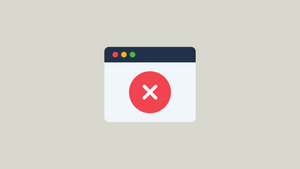






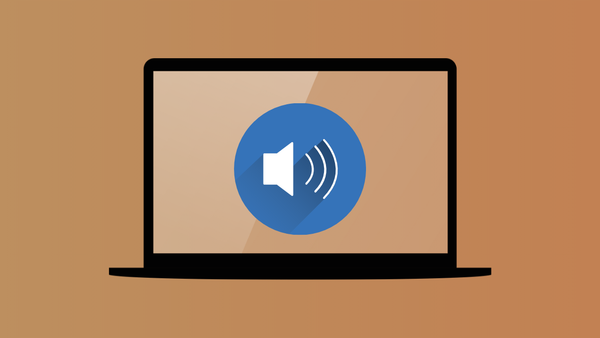

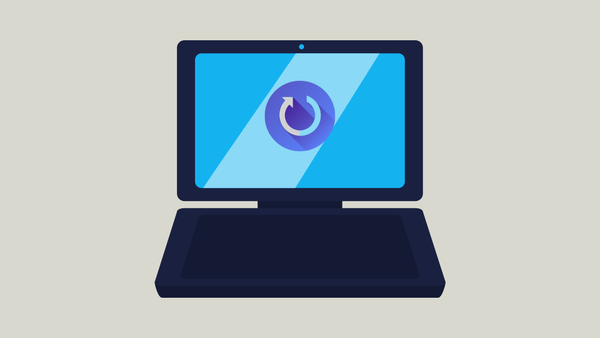
Member discussion